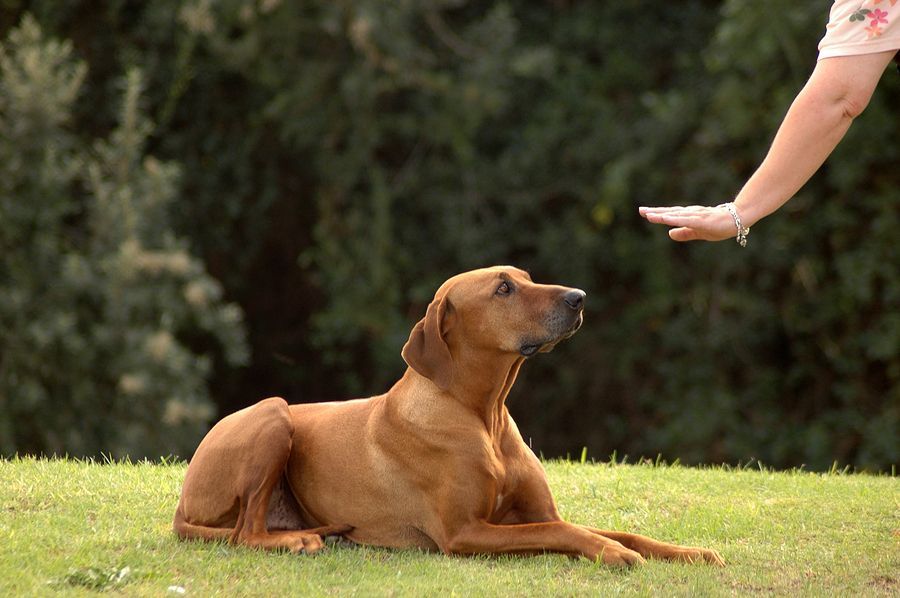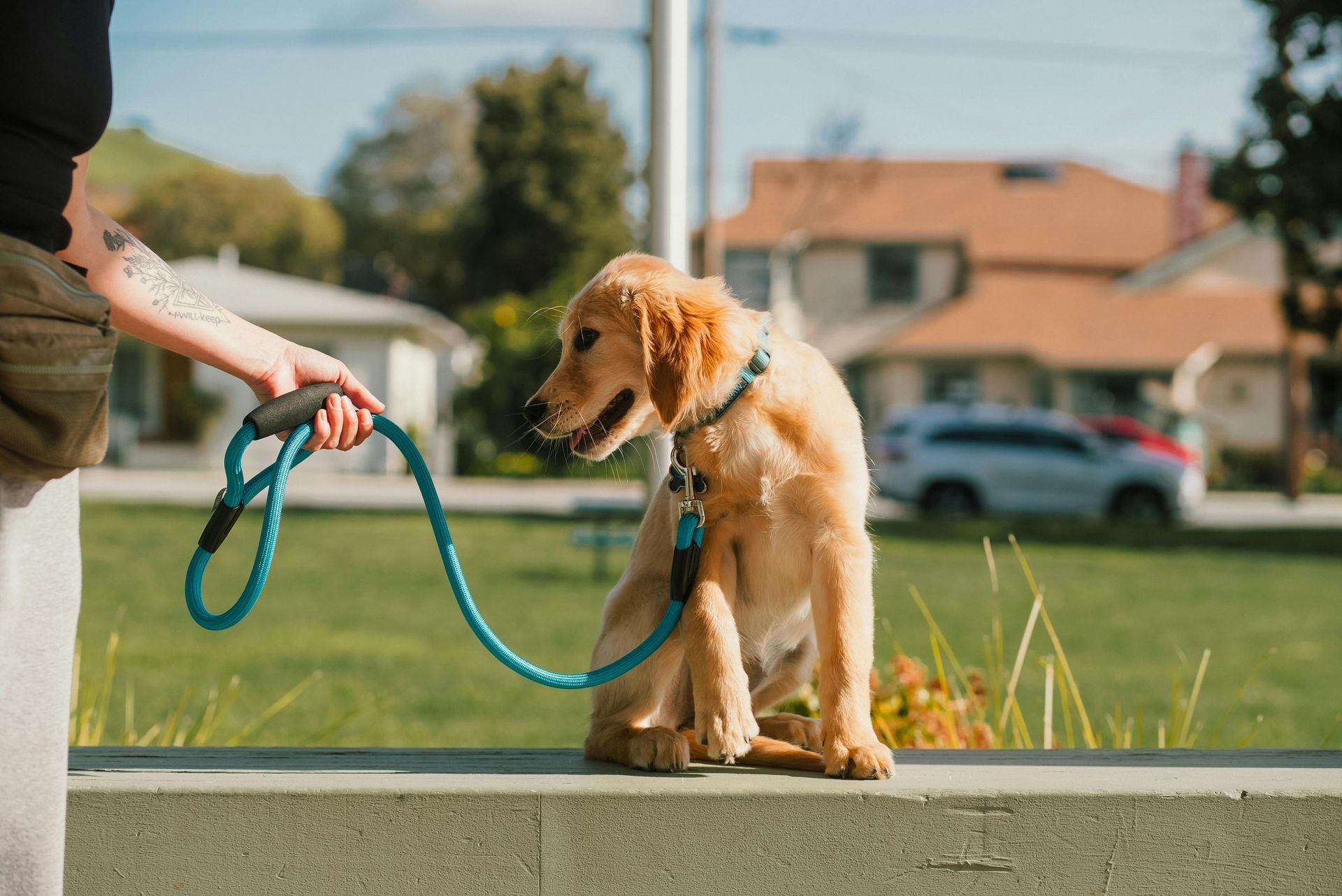Choosing Between a Harness and Collar: What's Best for Your Dog?
As a responsible dog owner, you're likely aware that selecting the right collar or harness for your furry companion is a crucial decision. Whether it's time to get your puppy their first collar or replace an old one, understanding the differences between collars and harnesses and how they suit different dogs and situations is essential. In this article, we'll explore the pros and cons of both dog collars and dog harnesses to help you make an informed choice.
Types of Collars:
Flat Buckle Collar: The standard flat or flat-buckle collar is the most common type. It's the familiar plain collar that securely snaps or buckles around your dog's neck. Most dogs can wear them even when not being walked on a leash, this allows owners to keep identification tags on you dog at all times. This collar is ideal for dogs that don't easily slip out of it.
Martingale Collar: The martingale collar is a limited slip-type collar that tightens when there's tension on the leash. However, it can only tighten within the limits set by the adjustment. They are perfect for dogs that have a habit of backing out of their collars and tend to pull incessantly. Martingale collars aren’t meant for all-day wear. If the loop gets stuck, it puts the dog in danger of asphyxiation.
Rolled Collar:
Typically crafted from leather, rolled collars consist of a rolled piece of leather stitched together secured with a metal buckle. While they may not be suitable for dogs that pull excessively during walks, they work well for dogs with sensitive skin, wrinkles, or rolls.
Pros of Dog Collars
- Easily attach ID tags to collars for quick identification.
- Dog collars have a long history as fundamental training accessories.
- Putting on, taking off, and adjusting collars is a breeze.
- Collars can provide better control while walking, depending on your dog's size.
- Suitable for dogs that know how to walk without excessive pulling.
Cons of Dog Collars
- If not fitted correctly, dogs, especially those with smaller heads relative to their necks, can slip out of collars.
- An overly tight collar can cause discomfort and pain for your dog.
- Tugging on the leash while using a collar can lead to back pain, throat issues, and discomfort for your dog.
Types of Harnesses
Back-Clip Harness: The back-clip harness features a standard design with a leash attachment ring on the back and works well for dogs with good leash manners. It is a popular choice for small dogs and prevents potential throat damage when your dog pulls. This design is less likely to entangle the leash under your dog's legs but may require more physical strength from you, depending on your dog's size.
Front-Clip Harness: Resembling a standard body harness, the front-clip harness has a leash attachment ring on the front of your dog's chest. It is designed to reduces pulling making it ideal for walking, offering leverage when your dog pulls on the leash.
Head Halter: This is a tool that was inspired by a horse’s halter. A head halter allows you to control your dog’s head, working just like a horse halter does on a horse. This tool gives you the most control while walking your dog. This is a good choice for very large dogs that pull, even with a front-hook harness. The head halter also gives you leverage but requires less strength from the handler. You should never use any sort of long-line with a head halter because your dog can injure himself if a leash suddenly stops him.
Pros of Dog Harnesses
- Increased comfort for your dog.
- Designed to discourage escape artists from slipping their collars.
- Effective for leash training, especially with puppies.
- Reduce the risk of injuries, including throat damage.
- Help prevent your dog’s leash from getting caught under their legs.
- Help discourage pulling (if you use a front-clip harness).
- Help alleviate dog back pain.
Cons of Dog Harnesses
- Some harnesses may be challenging to put on and take off.
- Depending on your dog's size, more physical strength might be needed.
- Tight harnesses can cause discomfort.
- Harnesses can be less comfortable in hot weather.
- Back-clip harnesses could unintentionally encourage pulling.
In the end, whether you opt for a harness, or a collar, your dog's well-being and comfort should always be your top priority. Understanding your pet's individual needs, considering their age, breed, and behavior, will guide you in making the right choice. Each tool has its place and purpose, and it's your role as a responsible pet owner to decide which is best for your furry friend.




Best By Farr Dog Training
Contact Us Today
Ready to Experience an Ideal Life with Your Dog and Best by Farr Dog Training?
Navigation
Navigation
All Rights Reserved | Best By Farr Dog Training
Designed by Adgility Media Group




